A sherbert swirl, fully beaded A-line evening gown by Alfred Angelo.
A suggestion for accessories.
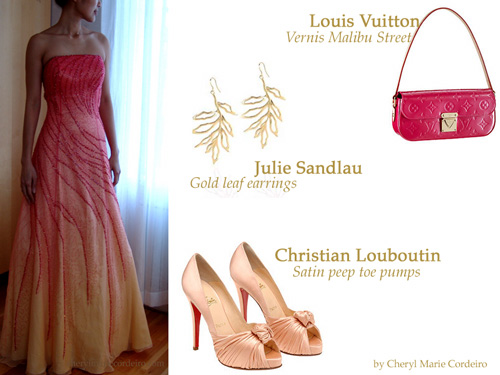
Continue reading “Friday Glam! Sherbert swirl by Alfred Angelo”
A sherbert swirl, fully beaded A-line evening gown by Alfred Angelo.
A suggestion for accessories.

Continue reading “Friday Glam! Sherbert swirl by Alfred Angelo” →

British artist Damien Hirst revealed his latest work of art at the White Cube Gallery in London, June 1, 2007. “For the Love of God” is a life-size cast of a human skull in platinum and covered by 8,601 pave-set diamonds weighing 1,106.18 carats. The single large diamond in the middle of the forehead is a 52.4 carat internally flawless, light, fancy pink, brilliant-cut diamond reportedly worth $4.2 million alone. Hirst financed the project himself, and estimates it cost between 10 and 15 million. The price tag was $99 million. The platinum plates were hand-lasered with thousands of holes and the diamonds, which have a total weight of 1,106.18 carats, were individually set.
When I first saw this skull I went through a myriad of reactions that went something like:
WOW! What a fantastic thing!
Oooh! How HORRID!
buuuuut…Interesting.
COOOOOL!
Well, my thoughts needed to do a really long walking to come to that fourth observation of it being cool. The obvious in-your-face impression of this piece of art, is of course that the skull as an age old Vanitas symbol that Nothing is Forever, combined with the De Beer diamond slogan that Diamonds, are Forever, Hirst manages to add some kind of cynical humour to the combination “Death, is Forever, too”.
How cool is that.
Then I started to wonder, is that observation really worth £50 million?
My mind started to ponder a much wider circle. Looking some into this I found that the original “perfectly shaped skull” had been sourced from a taxidermy shop, with an analysis suggesting that it had probably belonged to a European man who died in his mid-thirties in the 18th or early 19th century.
But don’t those teeth awfully “fresh” to be from an 18th century skull?

A really old skull. The painting “Vanitas” by, Pieter Claesz (1597-1661).
It suddenly dawned on me that I had seen such a “fresh” looking skull once before, at the desk of an engineer who designed dental equipment. “Is this plastic?”, I asked. “No, it’s the real thing” he answered and explained that it actually came from the first World War battle fields in the Flanders. They were popular with dental clinics because the soldiers had been so young and healthy when they died, that their teeth were perfect, “Look Ma, no cavities!”.
Of course this was just my mind wandering, but then again I had just been forced – due to a lack of alternatives – to read an article about a specifically bloody battle in an obscure village in Belgium, called Passchendaele. It lasted some 100 days in the autumn of 1917. And when it ended, a total of 325,000 Allied and 260,000 German young men had died, achieving nothing.
Continue reading “A diamond skull is forever” →
One of my favourite designers here, Baum und Pferdgarten, known for their quirky and tongue in cheek designs.
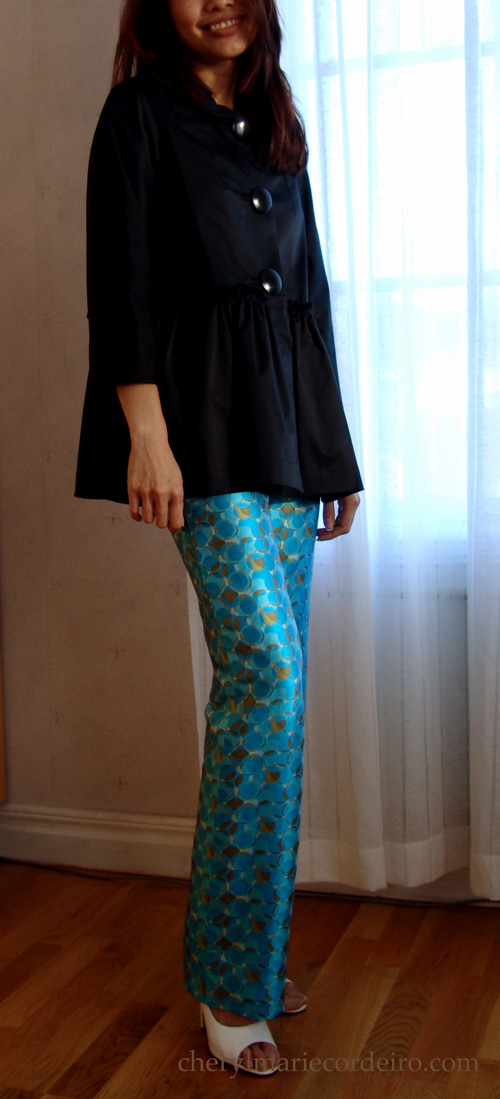
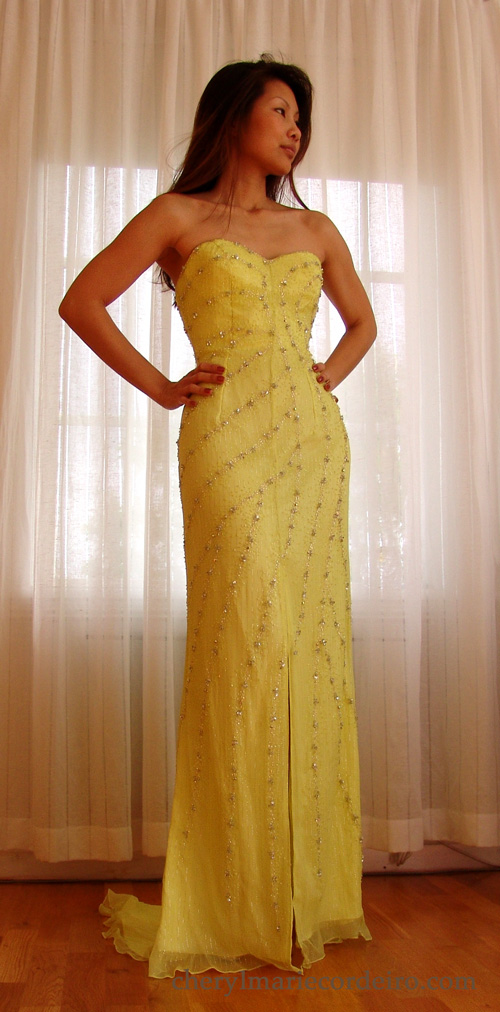
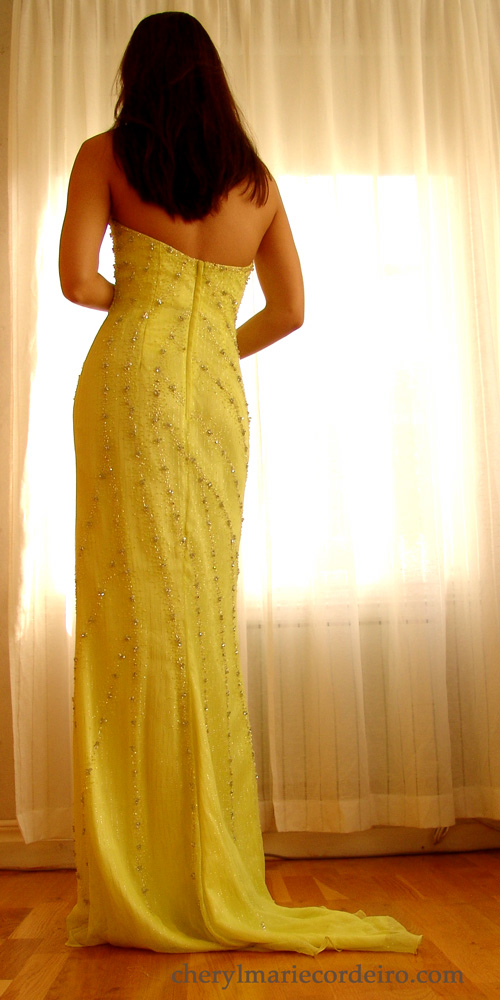
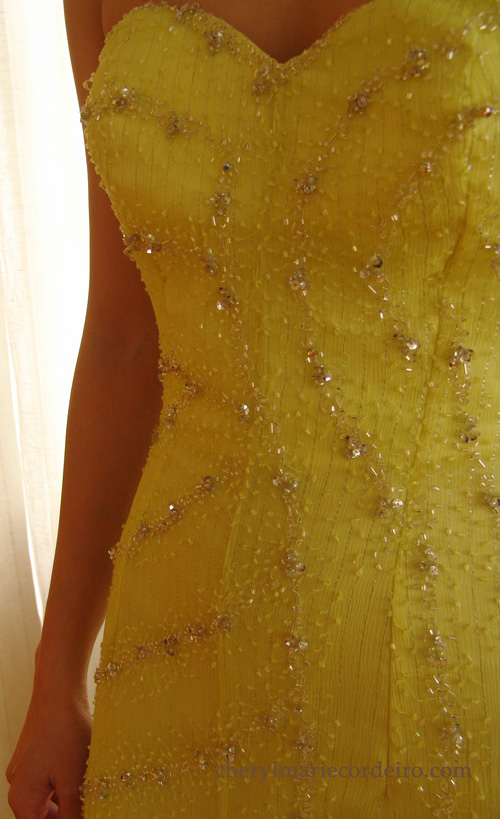
Some catwalk styles similar to this dress
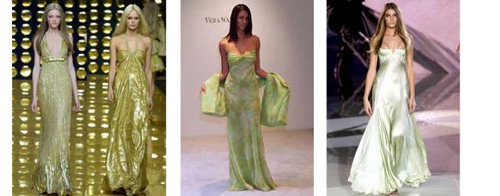
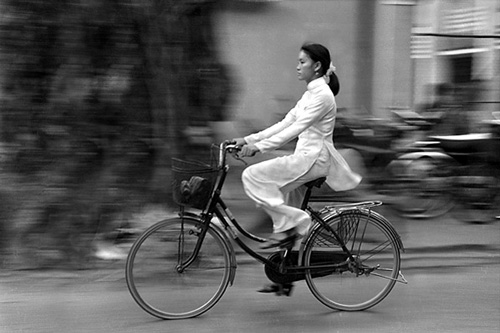
My first view of a Vietnamese Ao Dai (the national costume of Vietnam) was when I was still a student at the National University of Singapore (NUS). I believe one of the lady professors at the English Language & Literature department wore an ao dai to work. I watched her move and was mesmerized at how the material flowed around her wrists and ankles. I thought she was a vision of a goddess walking in the glinted shades of the tropical sunlight that filtered through the leaves at a most unromantic spot of the NUS parking lot for cars.
Continue reading “The Vietnamese Ao Dai” →
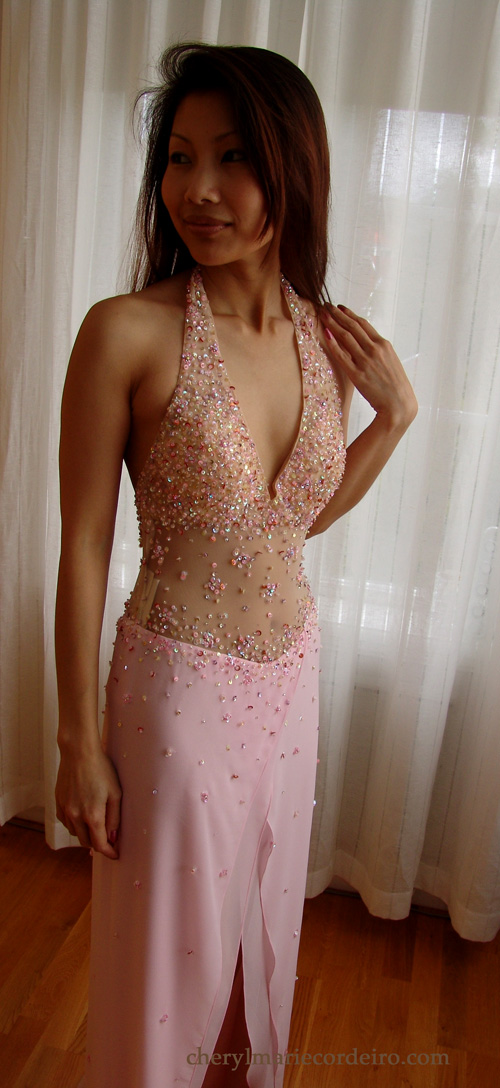
A beautiful pageant gown that commands a stage presence, this Alfred Angelo dress is reminiscent of Sherri Hill designs. Intricately beaded, barely there pink evening wear Continue reading “An Alfred Angelo pageant gown in light rose” →
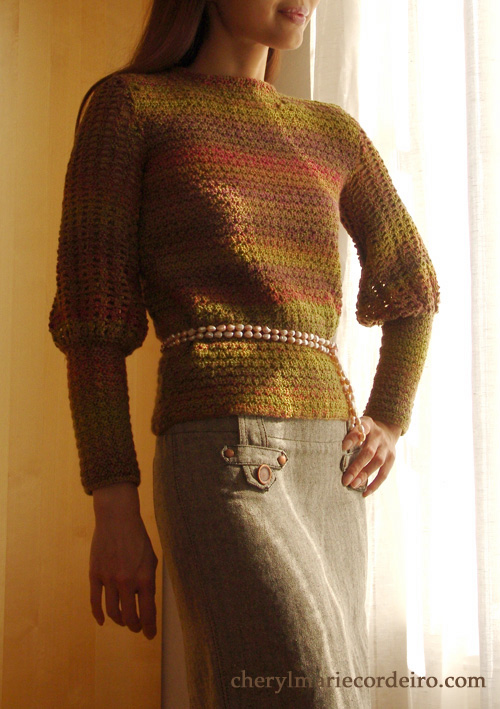
Continue reading “Moss green bell sleeved crochet top and Patrizia Pepe skirt” →
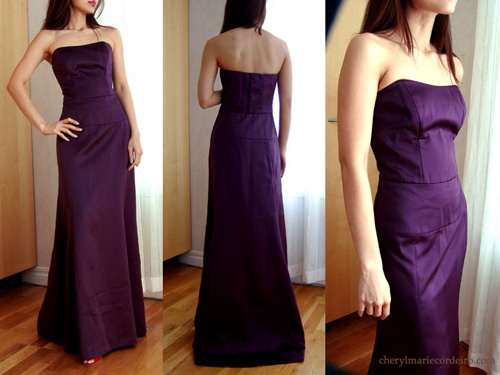
A dress by Nicole Miller in deep purple. The size is about XS to an S. The seams can be taken in to make the dress smaller but it is inadvisable to let the seams out.
Similar purples on the catwalk by Elie Saab and some more designs by Nicole Miller
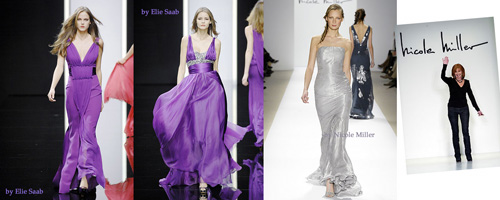
This autumn day was bright and fairly warm with temperatures between 10 – 15 centigrades. So we went out to sit some in the sun.

In the picture, on me:
I think if I ever wished to get to know a person without approaching the person and talking to them, one could just sit and observe. Apart from how people interact with others in their surrounding, their sense of style will say a lot about their personality, who they are or possibly want to be. When this is not intentionally the purpose, the message comes through anyway, just as language is a reflection of your thoughts. This we can also observe through photographs.
I’m posting two sets of pictures. The first set taken in Sweden and the second in Singapore, all by Kevin Cordeiro.
A picture of three teenage girls, Sweden.

Photo: Kevin Cordeiro, 2006.
Continue reading “Personality and individual style in pictures” →